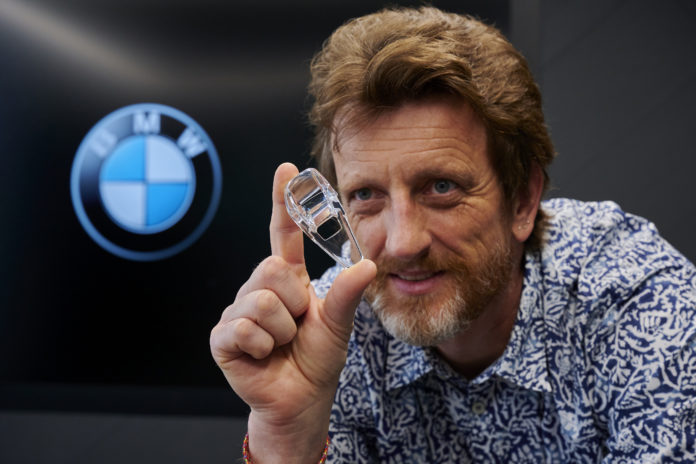The BMW Group has officially opened its new Additive Manufacturing Campus in Germany (Munich). With an investment of €15 million, the new centre brings together production of prototype and series parts under one roof, along with research into new 3D printing technologies, and associate training for the global rollout of toolless production.
Three key words can summarize the objectives of BMW Group with the opening of this new campus: production, partnerships and R&D.
Daniel Schäfer, Senior Vice President for Production Integration and Pilot Plant at the BMW Group, adds: “Our goal is to industrialise 3D printing methods more and more for automotive production, and to implement new automation concepts in the process chain. This will allow us to streamline component manufacturing for series production and speed up development. At the same time, we are collaborating with vehicle development, component production, purchasing and the supplier network, as well as various other areas of the company to systematically integrate the technology and utilise it effectively.”
This goal is a key focus for BMW Group as the company is also the main partner of the POLYLINE project, which consists in developing automation solutions of AM for the automotive industry.
Over time, BMW Group is building extensive experience in the production of AM parts. With 300 000 parts produced last year, the company now ambitions to increase the production for the upcoming year. To make it happen, the new campusemploys up to 80 associates and operates about 50 industrial systems that work with metals and plastics, not to mention that existing partnerships with manufacturers and universities will be strengthened.
However, this will not prevent the company to sign partnerships with industry newcomers, as it was the case with the German start-up ELISE.
As far as AM in R&D is concerned, it should be noted that the pre-development unit of the Additive Manufacturing Campus optimises new technologies and materials for comprehensive use across the company. The main focus is on automating process chains that have previously required large amounts of manual work, to make 3D printing more economical and viable for use on an industrial scale over the longer term.
When it comes to developing 3D printing processes for use on an industrial scale, research projects are especially important. Such as the Industrialisation and Digitisation of Additive Manufacturing for Automotive Series Production (IDAM) project as well as the IDAM project, both supported by the German Ministry of Education and Research. With IDAM, the BMW Group and its 12 project partners are crucially paving the way for the integration of additive manufacturing into series production environments within the automotive industry. At the Additive Manufacturing Campus, a production line is being set up that replicates the entire process chain, from the preparation of digital production through to manufacture and reworking of components. The IDAM team are now preparing it for the specific requirements of series, individual and spare-part production. The production targets confirm the status of this collaborative undertaking as a lighthouse project: output is expected to total at least 50,000 series components a year, with over 10,000 individual and spare parts, all produced in very high quality and enabling the BMW Group to help strengthen Germany’s role as a pioneer in 3D printing.
Training across the company
As well as manufacturing components, the team at the Campus provides personal consultations and training courses for associates across the company. “To roll these technologies out successfully, we need well-trained colleagues across the network who fully understand their advantages and features. To use them, designers will need to adopt a new way of thinking and an entirely new approach as they devise the upcoming components. 3D printing allows almost any shape to be produced, paving the way for new designs and functions. Nowadays, there are countless components that can only be manufactured additively,” Jens Ertel explains.
Applications in series production
The BMW Group first started the additive manufacturing of prototype parts back in 1991, for concept vehicles. By 2010, plastic-and metal-based processes were being rolled out, initially in smaller series, to produce items such as the additively manufactured water pump wheel in the DTM race cars. Further series production applications followed from 2012 on, with a range of components for the Rolls-Royce Phantom, BMW i8 Roadster (2017) and MINI John Cooper Works GP (2020), which contains no less than four 3D-printed components as standard.
Remember, you can post free of charge job opportunities in the AM Industry on 3D ADEPT Media or look for a job via our job board. Make sure to follow us on our social networks and subscribe to our weekly newsletter : Facebook, Twitter, LinkedIn & Instagram ! If you want to be featured in the next issue of our digital magazine or if you hear a story that needs to be heard, make sure to send it to contact@3dadept.com



